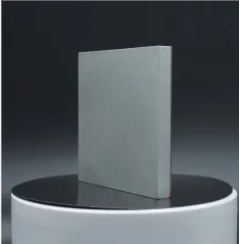Betaine surfactants
It is created by the response of fatty tertiary amines and salt chloroacetate, consisting of cocoylpropyl betaine, dodecyl betaine, cetyl betaine, and lauroyl propyl betaine. It is milder than the initial 3 and is currently the primary surfactant in baby shampoo.
In 1940, the American DuPont Business created and used this sort of substance. Like amino acid surfactants, this kind of surfactant has strong detergency and low irritation, and the remedy is weakly acidic. Animal experiments have actually shown that this sort of substance is less toxic. It is a suitable surfactant.
( surfactants in shampoos)
Amino acid surfactants
Made from a mix of coconut oil and amino acids, it is secure, gentle, and non-irritating. One of the most vital thing is that it is naturally weakly acidic and fulfills the pH demands of healthy and balanced skin and hair. It is the perfect surfactant in infant hair shampoo. They are “cocoyl glycine,” “cocoyl glutamate disodium,” etc
From the viewpoint of chemical buildings, its pH worth is between 5.5 and 6.5, which is weakly acidic and near to the pH value of human skin. Thus, it is mild and skin-friendly and suitable for all hair kinds; amino acid surfactants are zwitterionic and conveniently soluble in water. It is very easy to wash tidy.
Yet it also has constraints. Amino acid surfactants are a number of to loads of times a lot more expensive than normal surfactants, and most are hair shampoos specially created infants and young children. The downsides of amino acid surfactants are that they are not rich in foam and have weak decontamination capability.
The phenomenon of solidification and turbidity of surfactants in winter months is primarily due to the reduced temperature triggering several of its elements to take shape or precipitate.
(surfactants in shampoos)
What if surfactant solidifies and comes to be turbid in winter months?
This is a physical phenomenon and does not have a considerable influence on the effectiveness of surfactants. In order to address this issue, the adhering to methods can be taken:
1. Enhance the temperature: Position the surfactant in a warm setting or increase its temperature level by heating so that the taken shape or precipitated elements will gradually liquify and the surfactant will go back to a clear state. Nonetheless, it should be kept in mind that the temperature level needs to be avoided when heating up to stay clear of impacting the surfactant’s efficiency.
2. Mixing: For surfactants that have actually strengthened or ended up being turbid, they can be recovered to an uniform state by stirring. Stirring can help crystallized or sped up components redisperse right into the fluid and improve surfactant clearness.
3. Add solvent: In many cases, a proper quantity of solvent can be included in thin down the surfactant, consequently enhancing its coagulation and turbidity. However, the added solvent ought to work with the surfactant and ought to not influence its usage result.
Vendor of Surfactant
TRUNNANO is a supplier of surfactant with over 12 years experience in nano-building energy conservation and nanotechnology development. It accepts payment via Credit Card, T/T, West Union and Paypal. Trunnano will ship the goods to customers overseas through FedEx, DHL, by air, or by sea. If you are looking for high-quality Sodium Lauroamphoacetate CAS 156028-14-7, please feel free to contact us and send an inquiry.
Inquiry us



